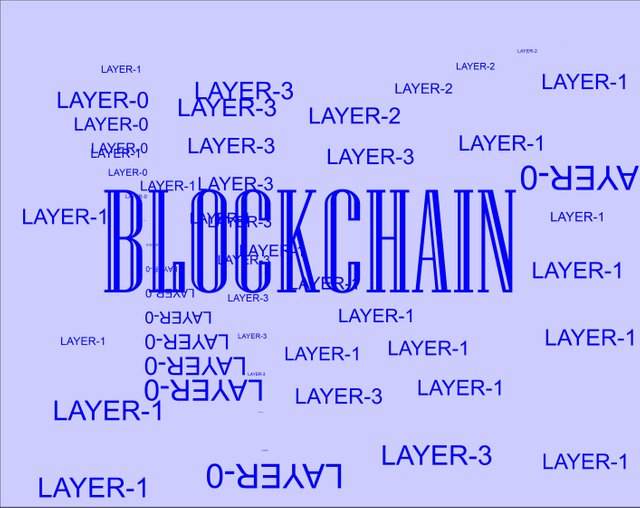
Layer-1 in Blockchain
Layer 1 abbreviated as L1 is the base of blockchain. This layer provides a build-up layer for secondary blockchain networks and applications. Examples of layer-1 blockchain networks are Bitcoin and Ethereum. It provides fundamental infrastructure and security which is needed and used by layer-2. Its example in tandem is the mutual harmony between Ethereum and Optimism.
As we know Ethereum is a base blockchain while Optimism is built on the top layer of Ethereum. Optimism is dependent on Ethereum for security. It uses proof of stake and consensus mechanism. It is also dependent on Ethereum for data availability.
Silent feature of Layer-1 blockchain
- Using a consensus mechanism encourages the users to validate and secure the network
- It can store and retrieve the transaction history in a decentralized ledgers
- It has its native currency (cryptocurrency) that users can utilize to pay the fee for network resources.
- It provides a platform on which the secondary layers of blockchain can be build-up
- It is slower in work and more expensive than layer 2
Concensus Mechanism
It is considered as the key component of Layer 1. Consensus mechanisms are the rules and incentives that enable the nodes to perform an agreement on the blockchain. Its other main function is security, which stops bad actors from threatening the system. It also stops harmful activities like double spending and Sybil's attack by encouraging the supportive actors.
